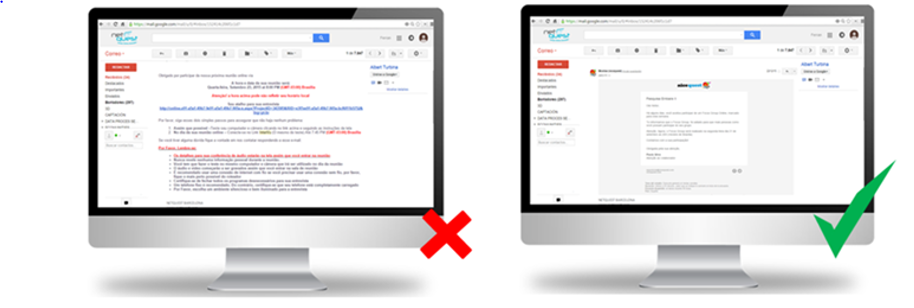I doubt anyone will be surprised to hear me say that in the last few years there has been unimaginable growth in the sheer volume of data available, and in the methods for collecting and processing that information. We’ve all been bombarded with the trending topic #BigData.
The amount of information that can be drawn from these concepts has undergone a major change: data is no longer something we need to consider in our medium-term planning; it has become a necessity in our daily decision-making. One clear example is the need to hire skilled professionals to process bulk data; demand for data scientists is expected to grow over 28% by 2020.
The overwhelming majority of the data that has emerged in our industry in the last few years is directly related to Big Data, which is behavioral data. In the past, we were unable to use this sort of data to draw insights, but today we’re able to do so on a feasible scale and at an attainable cost. Not only that, but there are professional experts who can help us process our data. Any researcher or decision-maker can pair this new data modality with older, traditional data.

What effects does it have on the research process?
We are aware of the changes that have come with the latest advances in technology, like the ubiquity of the Internet and smartphones, and the arrival of the IoT. All these advances have translated into major changes in data generation, but the question of what researchers and business leaders should do with that data hasn't changed much at all in the past 20 years.
We find ourselves asking questions like:
- What are the most highly valued characteristics of my product?
- What price level will give me the highest returns?
- Who should my target audience be?
- How is my competition doing? Am I doing better or worse?
- How do our customers make decisions?
- How do they perceive our brands?
These questions are still valid, and they’re still hard to answer. That said, changes in technology have meant making some adjustments to these questions. For example:
- How does the Internet affect the decision to make a purchase?
- Where do my former buyers do their online shopping?
- What sites do they go to for information?
- What effect does the adoption of smartphones have on my sales?
- What effect does social media have on the perception of my brand? What impact does it have on my sales?
We’re in the midst of a full-fledged data and technology revolution, it’s true, but we don’t have to panic. In the end, we’re still trying to understand the consumer, uncover new opportunities, minimize risk in decision-making and generate insights so that our organizations can grow. In short, brands are asking the same question as always. The only difference is that now, data is better and more abundant.
At the end of the day, it’s the exact same research process:

The essential task is still to define the problem and the objective of the study. The main difference is identifying the information we need. If we classify data based on how we gather it, it falls into two categories: Declarative and Behavioral.
|
Declarative data |
Behavioral data |
|
When the people being researched are themselves responsible for actively providing the data . |
When individuals do not play an active role in delivering data collected on them. |
|
Declarative data is... ● Subject to cognitive and social desirability bias. ● Subject to memory failures. ● Flexible: applicable to almost any research problem. ● Affordable. |
Behavioral data is... ● Not very susceptible to self-reporting bias. ● Not susceptible to memory failure. ● Rigid: different behavioral data collection solutions may be needed for different research problems. ● Costly. |
After we decide what form of data we’re going to use, we start seeing major changes. It is essential that our organizations’ decision-makers are well-informed about the types of data available, how that data is classified, and when they should request a specific kind of data. The main takeaway from this crash course in data should be this: if we don't have a clear understanding of the data galaxy, and if we’re not always on the cutting edge of innovation, we may make mistakes.
They key is knowing when to use declarative data and when to use behavioral data.
In general, with a handful of exceptions, there’s one simple answer: use behavioral data whenever possible; methodological research has demonstrated that behavioral data is indisputably superior to declarative data. People have trouble reporting past activities. Online activities are especially difficult to report, as they take place without a clear context. What’s more peoblematic is that people may be tempted to report inaccurate data that better matches their own self-image, even if it’s different from reality.
Behavioral data collection is not always possible; In most cases, behavioral data collection solutions must be crafted to fit a specific research problem.
Traditionally, these solutions are expensive, and operationally and technologically complex. However, recent changes have worked in our favor, and collecting behavioral data is now easier than ever before. We have the Internet and the ubiquity of mobile devices to thank.






